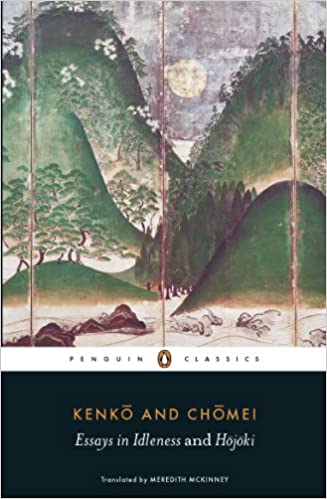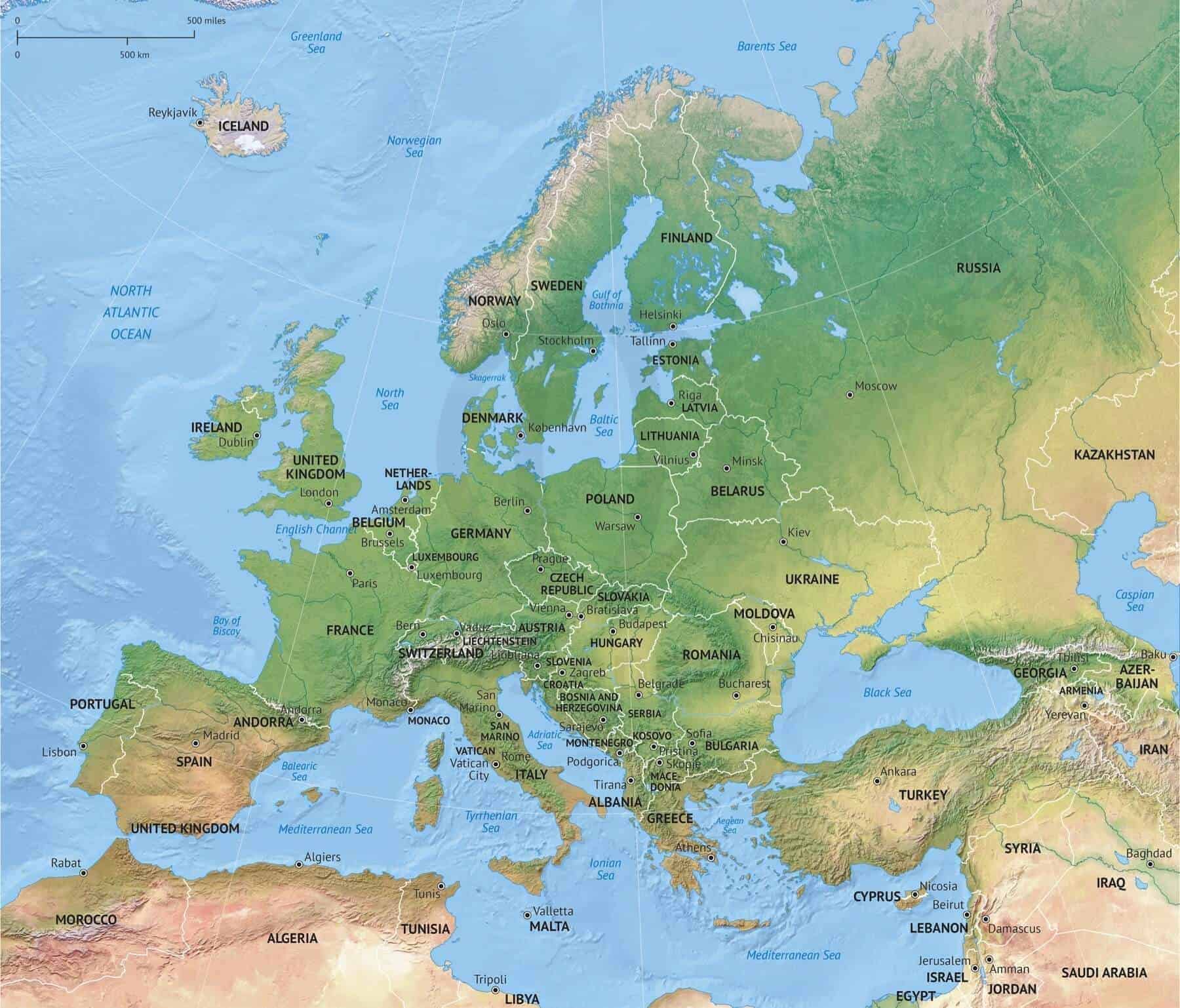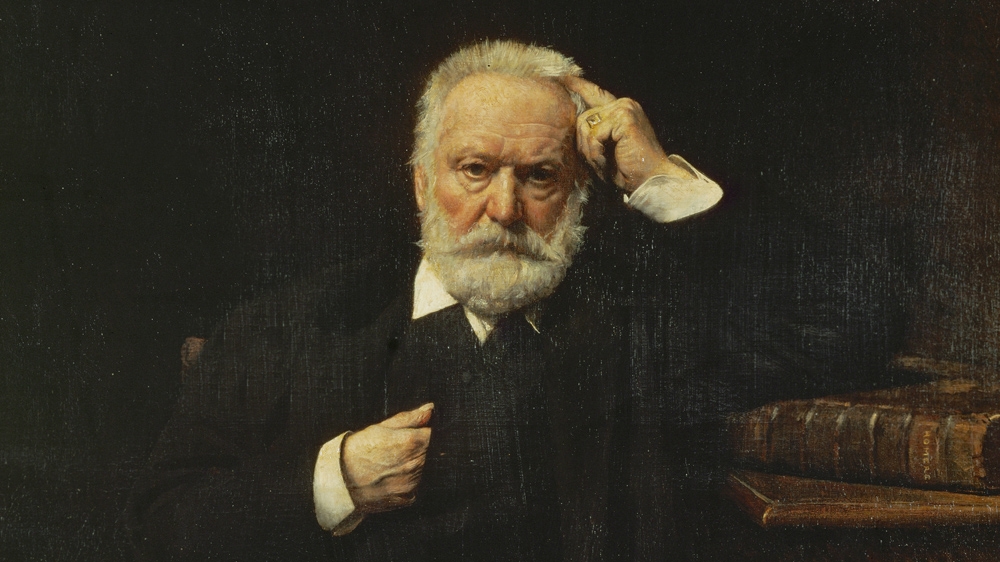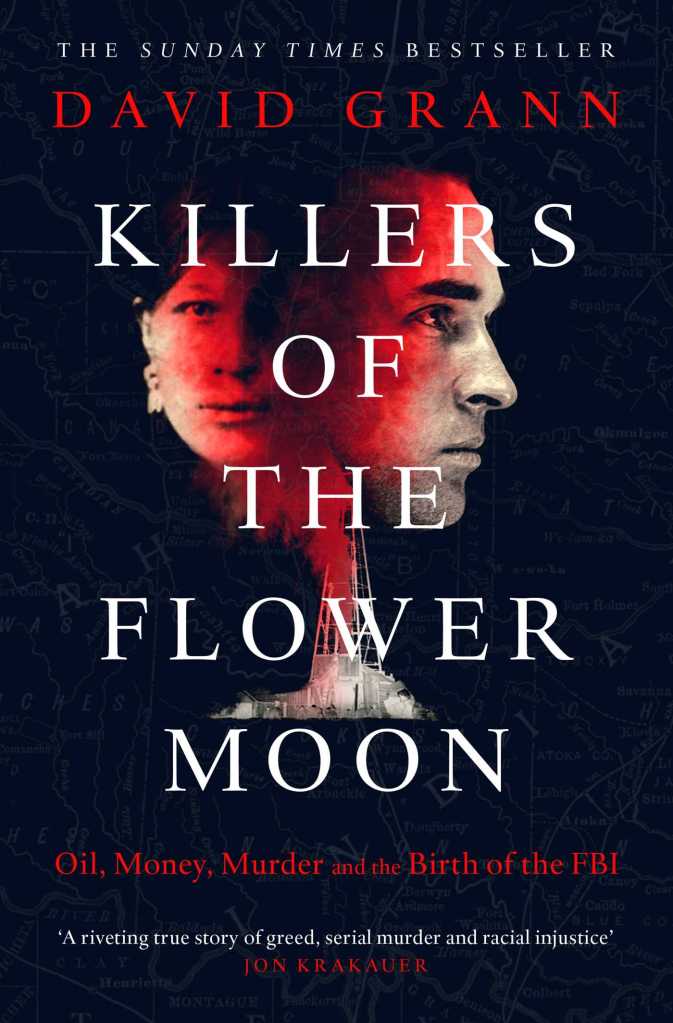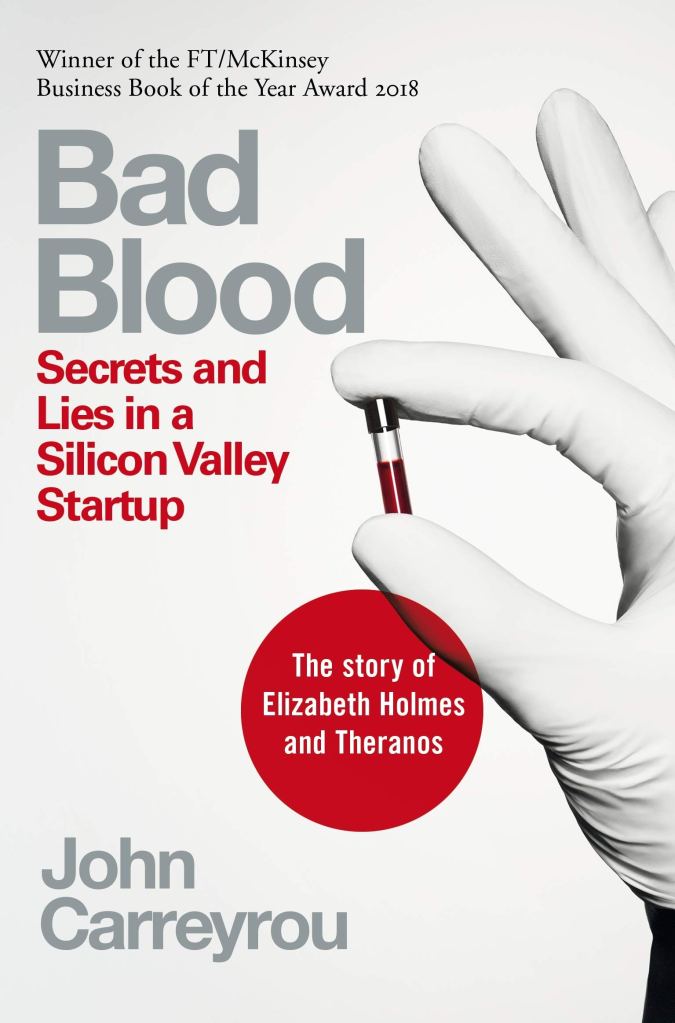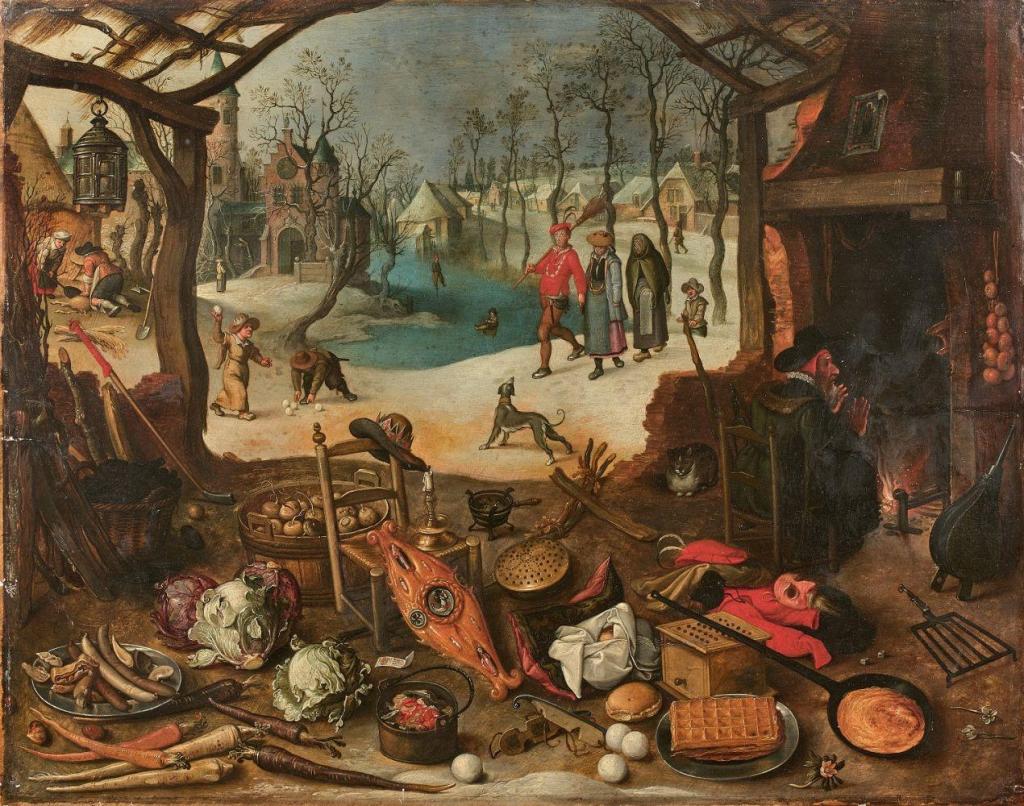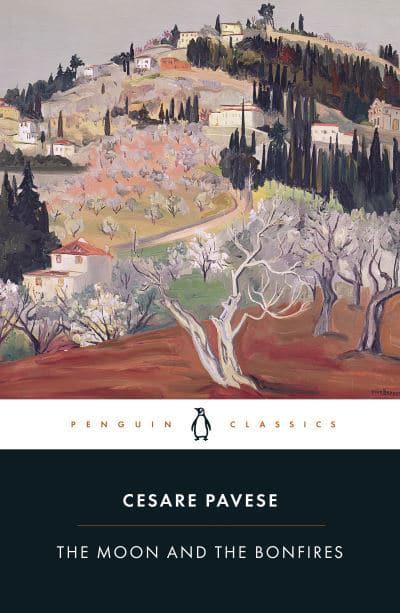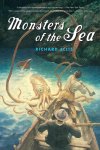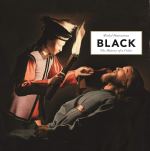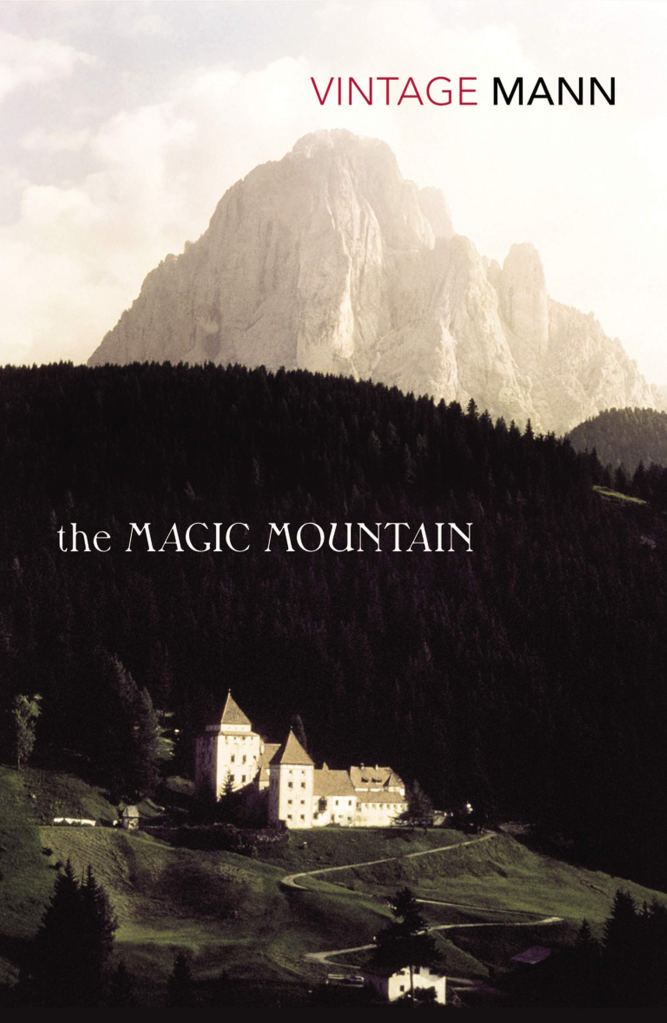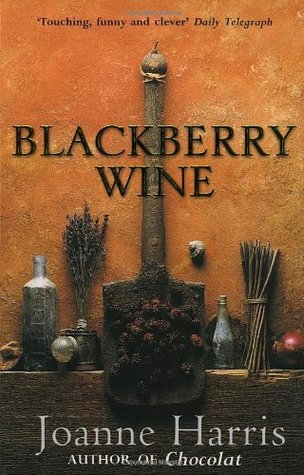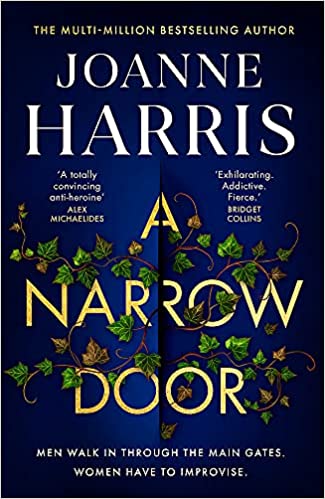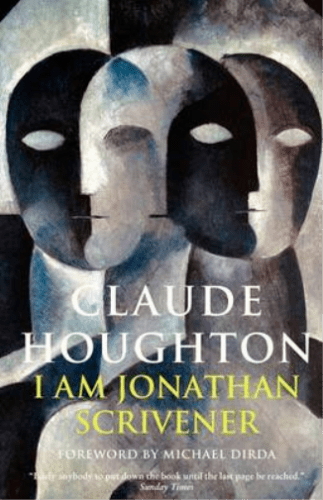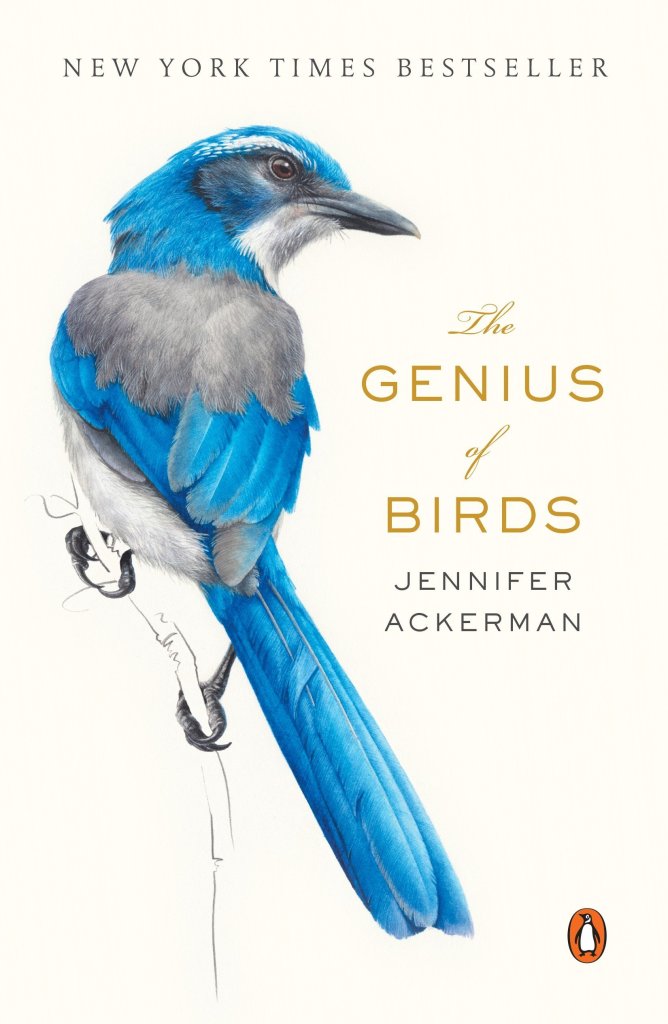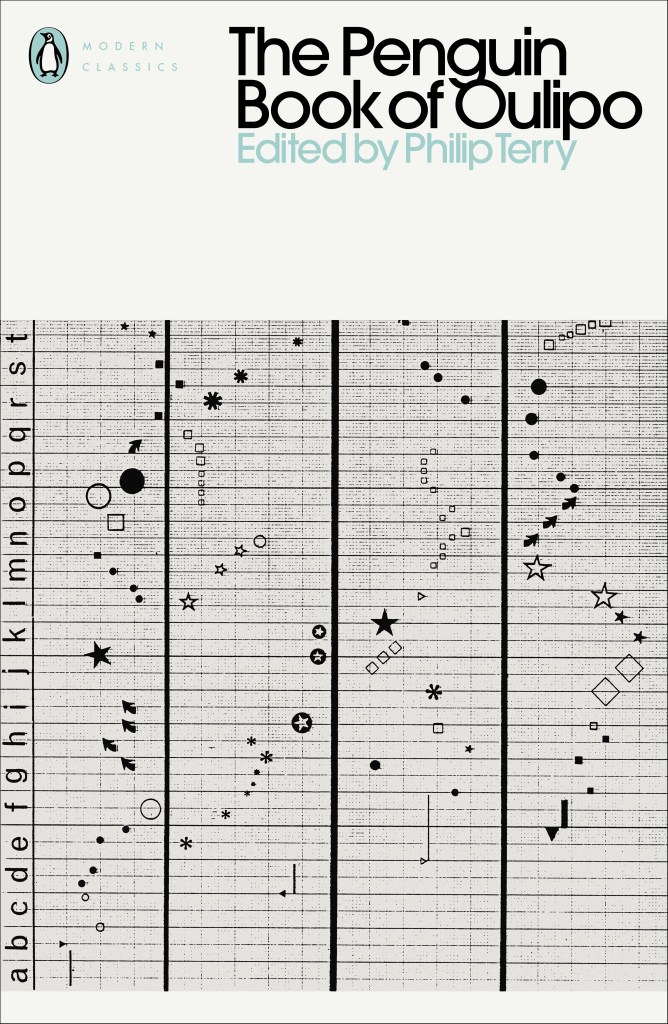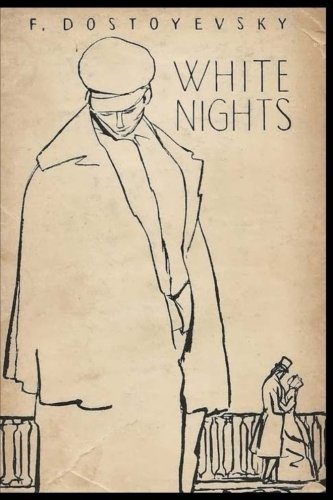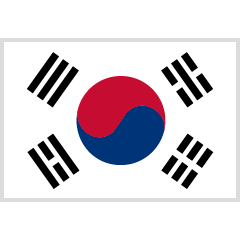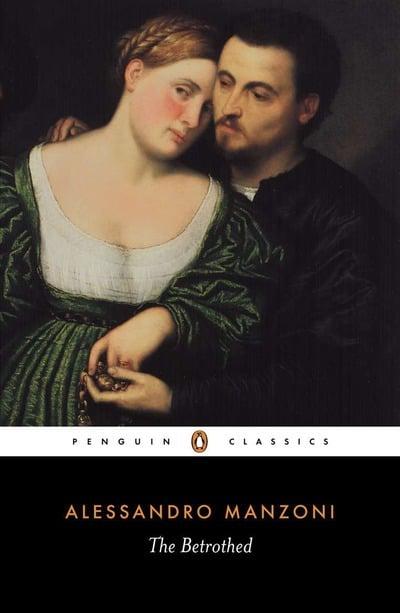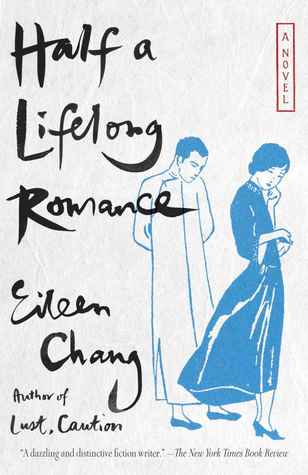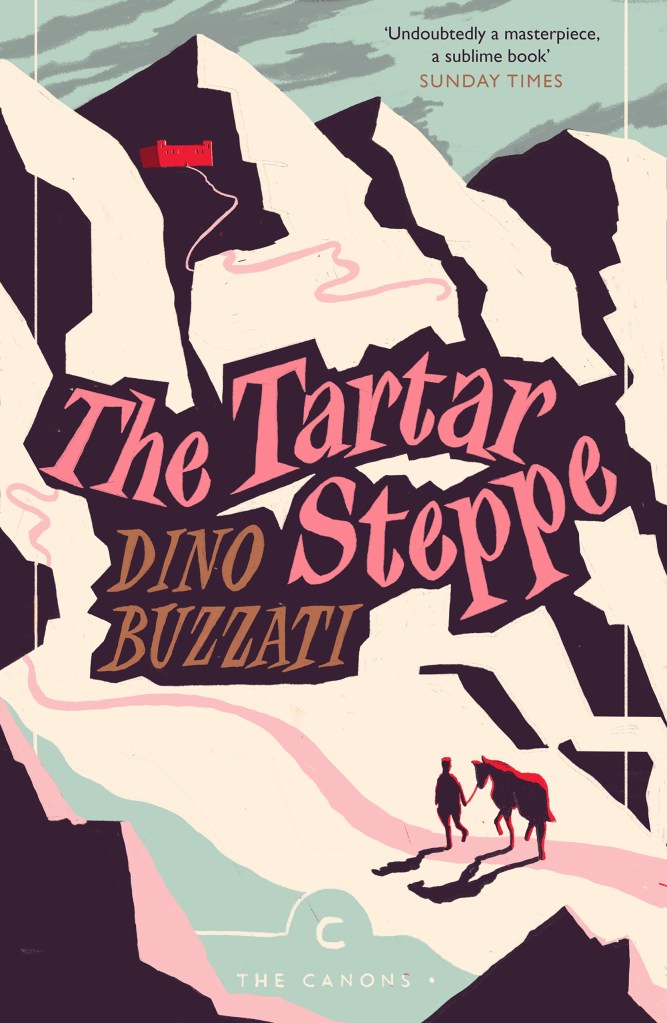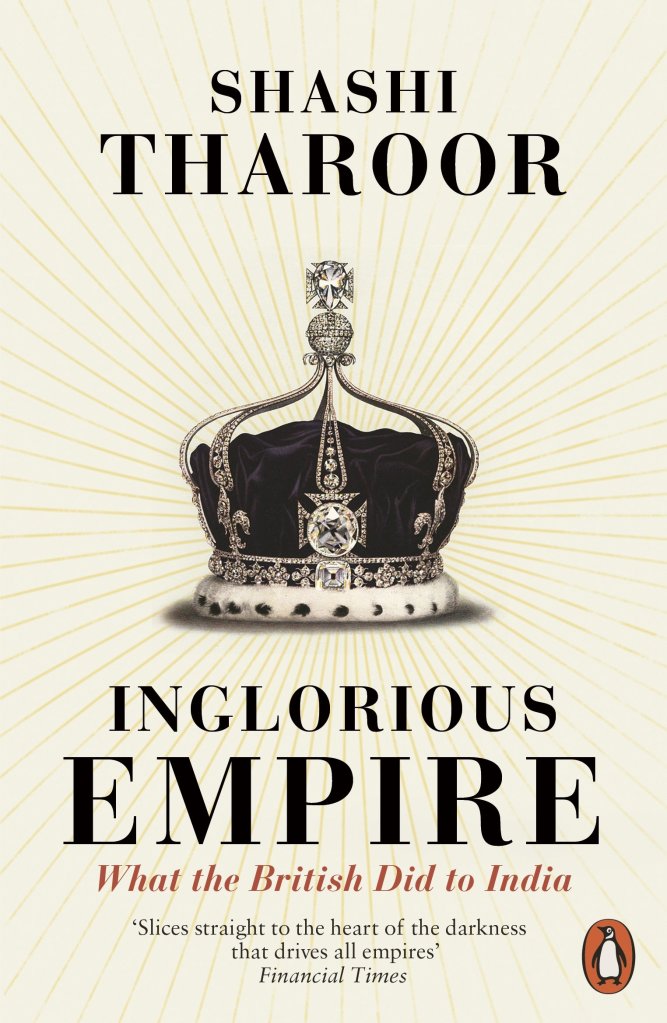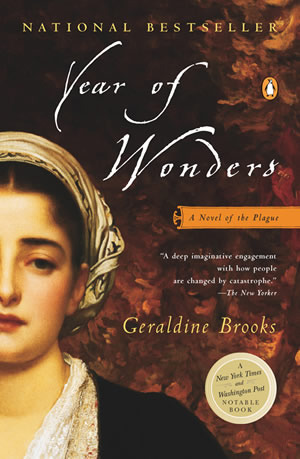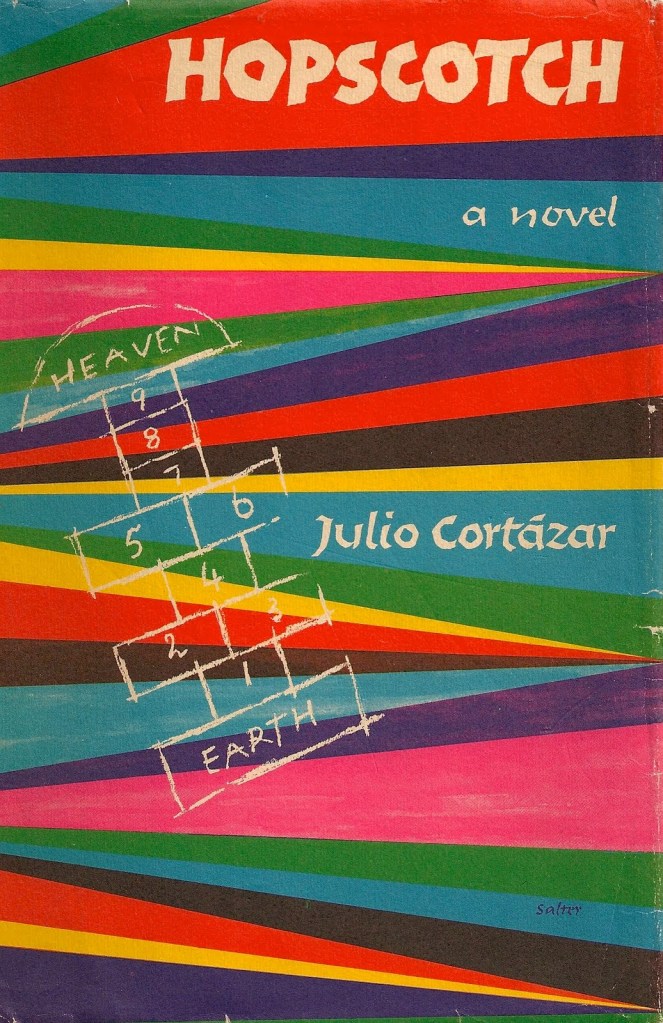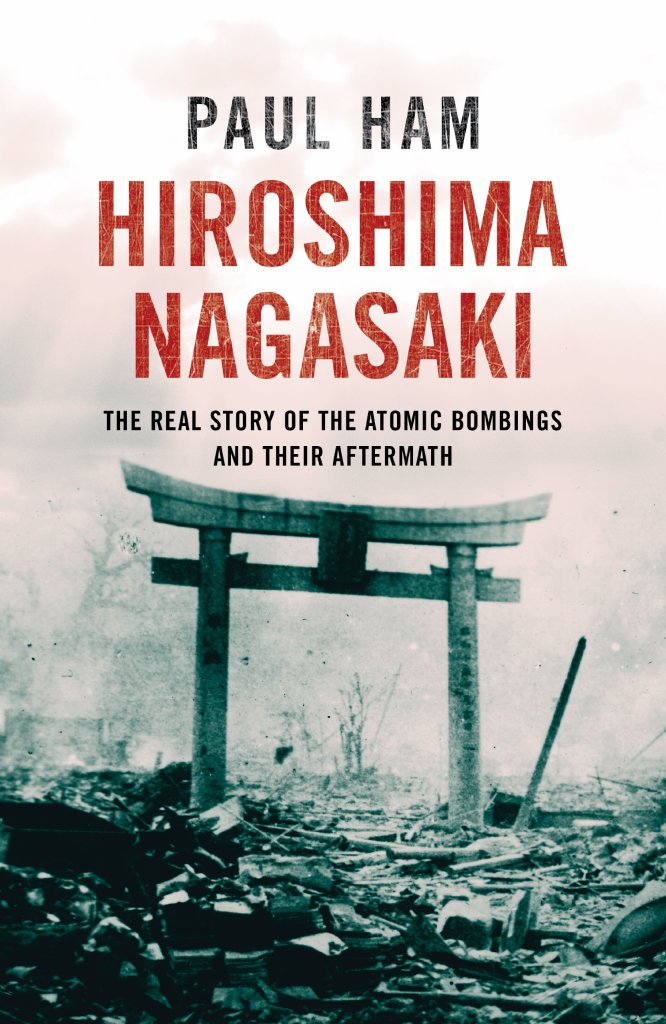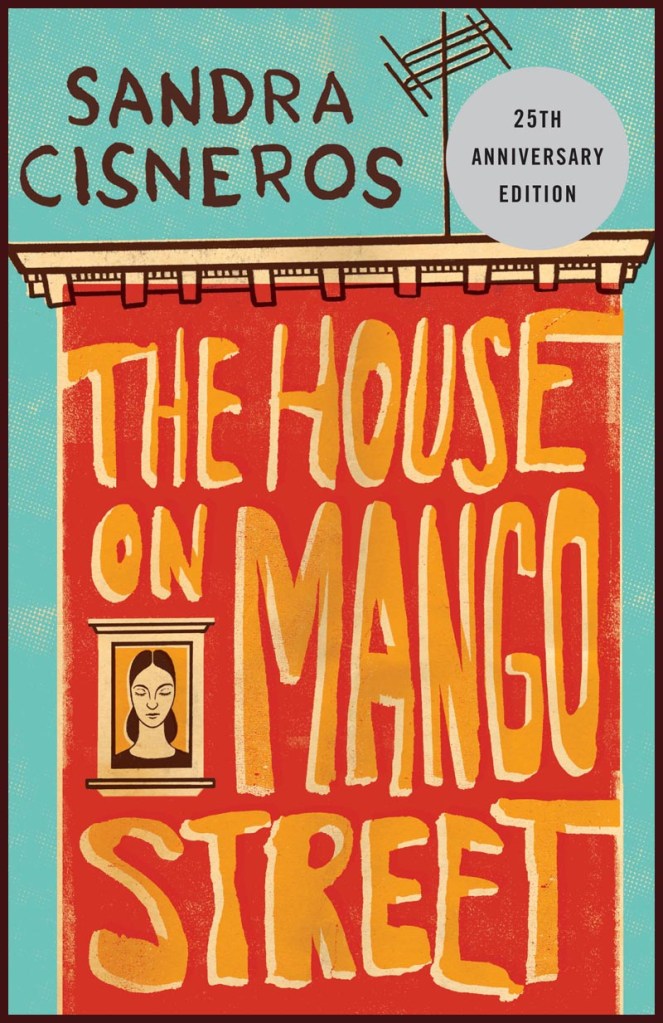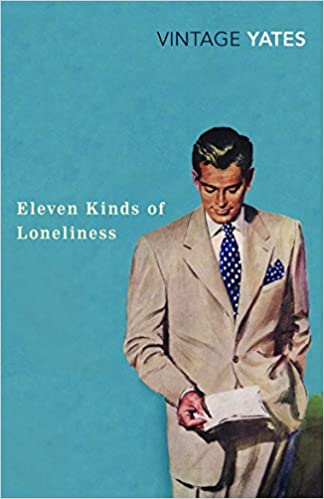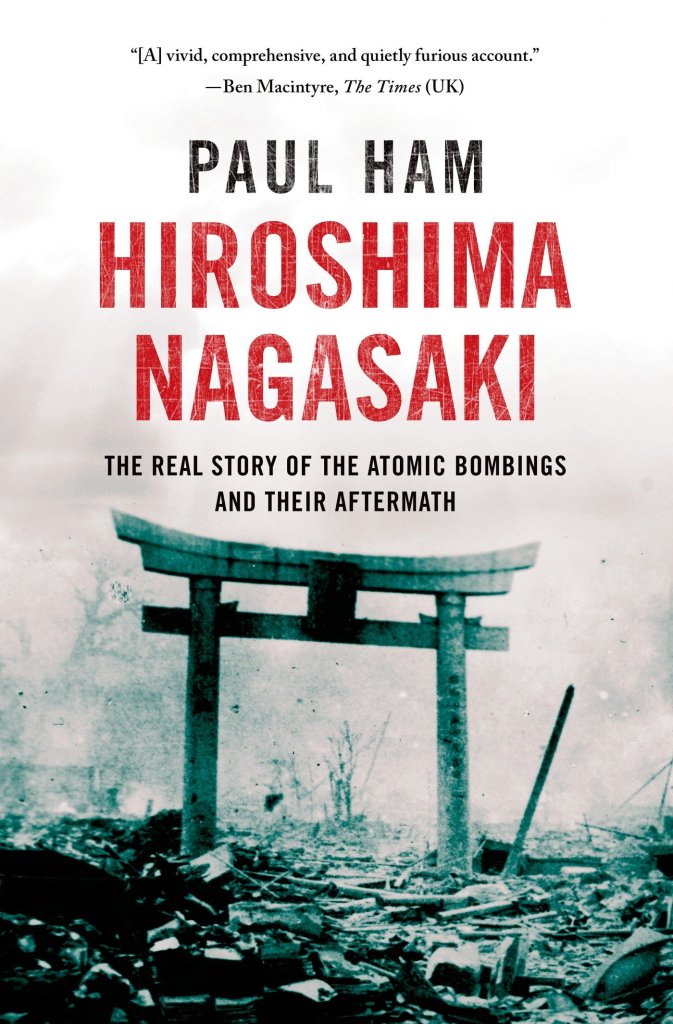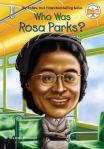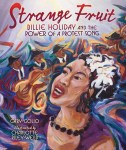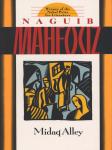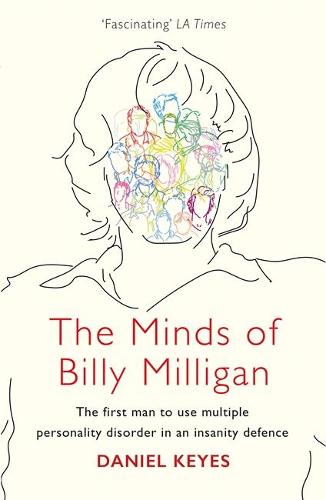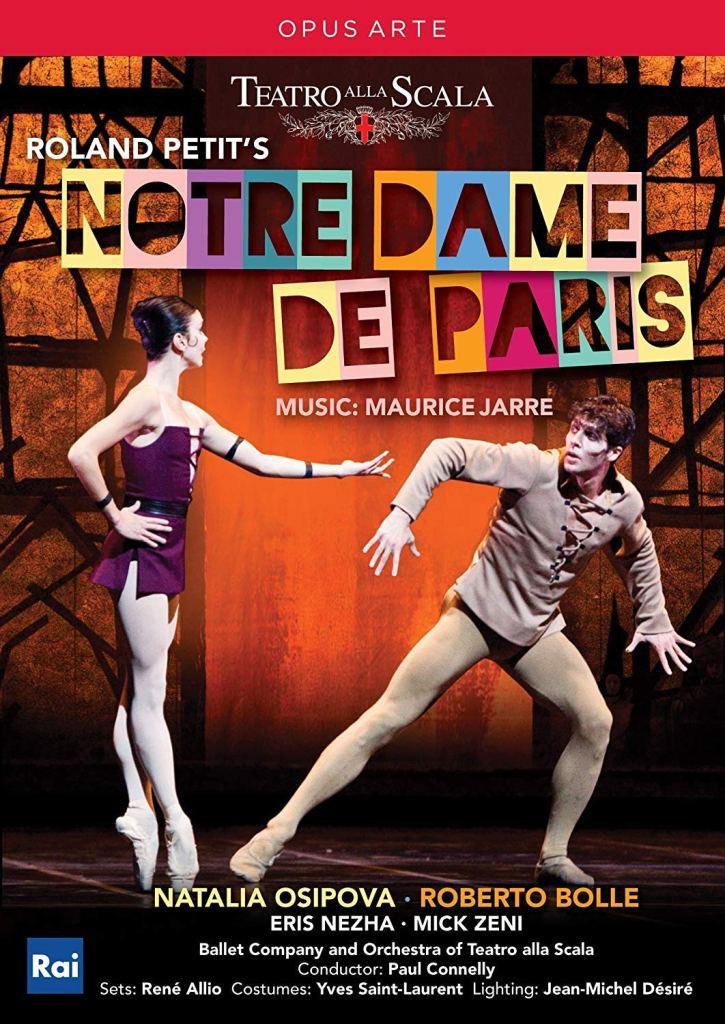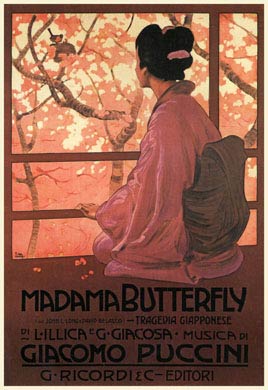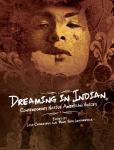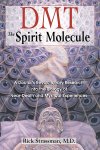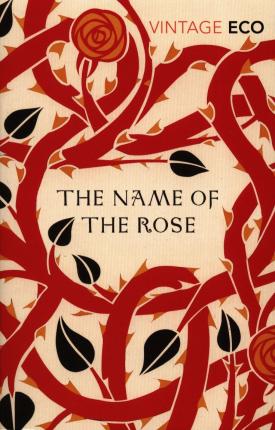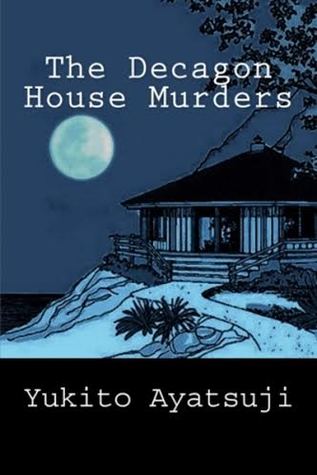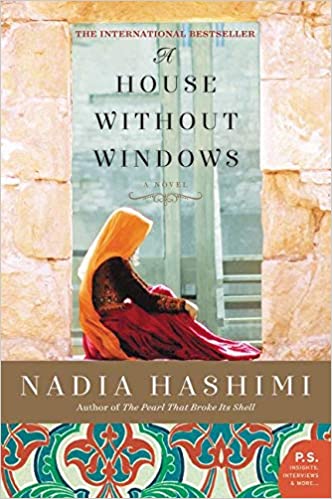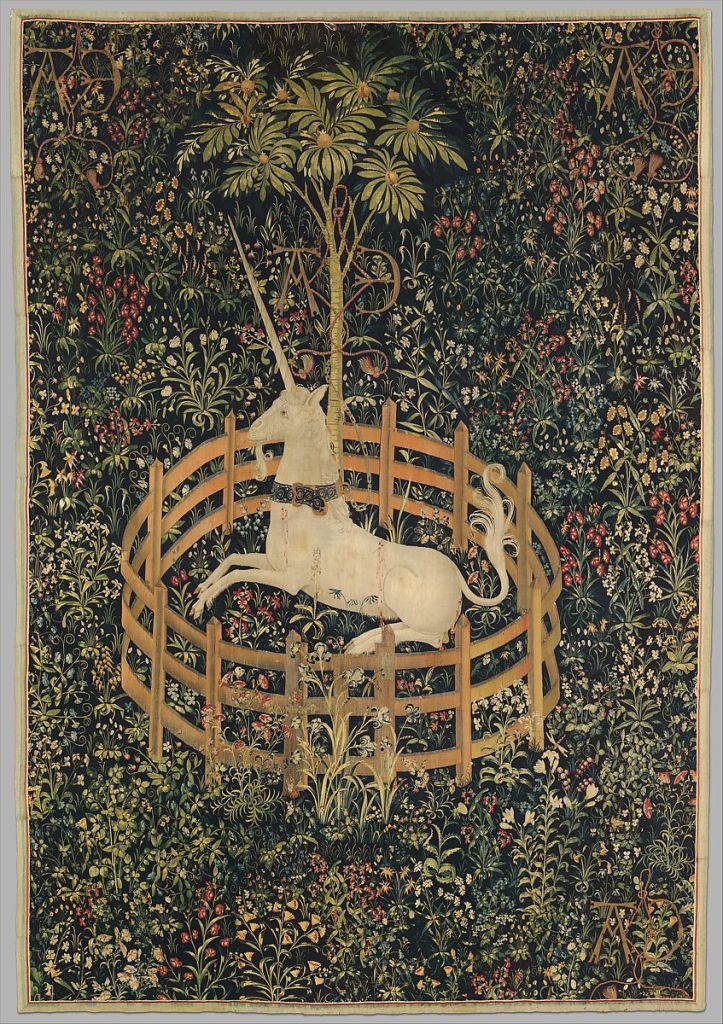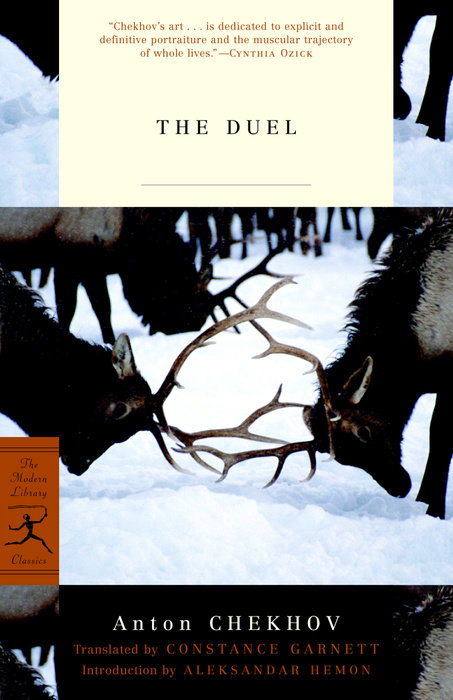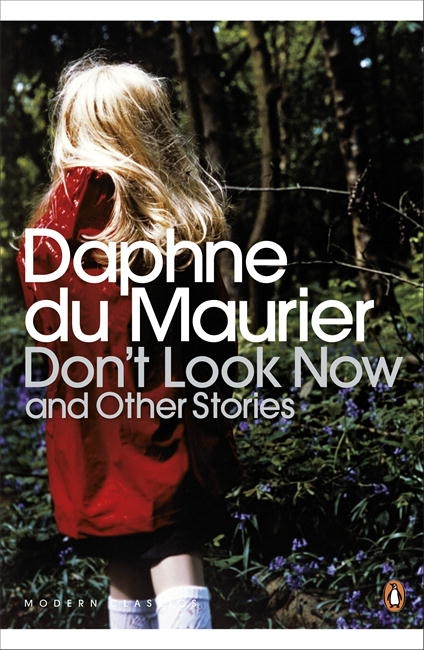This week (on 1 June) is the International Children’s Day (also the Children’s Week in some countries) and I am dedicating this post to the Italian children’s literature.
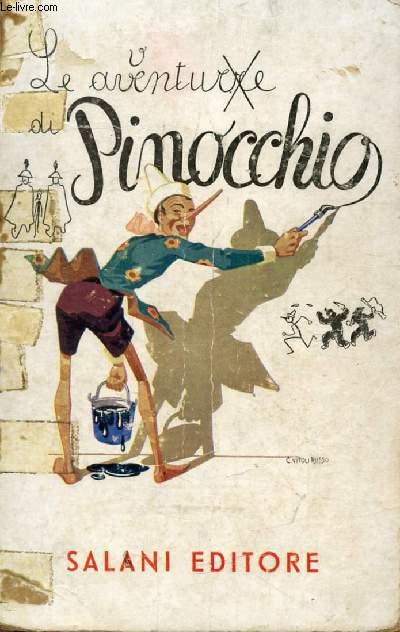
🤥 The Adventures of Pinocchio (Le avventure di Pinocchio) [1883] by Carlo Collodi
Pinocchio, a wooden boy who wants to be a real boy, has endeared himself into millions of people’s hearts. Collodi’s famous tale follows the adventure of a marionette who finds out early in his life that the world is not always just and that oppression exists alongside goodness and benevolence. Like Lewis Carroll’s original story of Alice in Wonderland [1865], some aspects of the original story of Pinocchio is quite disturbing and violent, but, then, what mid-nineteenth century fairy-tale has aged well? The Adventures of Pinocchio is the third most translated book in the world (after the Bible and The Little Prince) and no wonder – its messages of rising above oppression, trying to do one’s best despite adversary, bad influence and even one’s own trouble-making nature, and becoming the best person one could be, are truly universal. I do not have much hope for the following adaptations of the story, but it is still interesting to note that not just one, but two Pinocchio adaptations are coming out in 2022: Guillermo del Toro’s stop-motion animation Pinocchio and Robert Zemeckis’s live-action film Pinocchio.

🤥 Carlo Collodi (1826 – 1890) was born Carlo Lorenzini in Florence, Tuscany, later changing his name to Collodi to honour his mother’s birthplace. That was not the only instance of name-changing in his career as The Adventures of Pinocchio was first published as a series under the title Storia di un burattino (Adventures of a Marionette), and in fact, I have always known the story under this same title – The Adventures of Burattino (Russian: Приключе́ния Бурати́но). There are now some interesting Pinocchio attractions to explore in Tuscany, such as the Casa di Collodi in Florence and the Pinocchio Park in Collodi, and, of course, the Tuscany region is full of shops selling various Pinocchio souvenirs.
Continue reading “Italian Children’s Literature”














